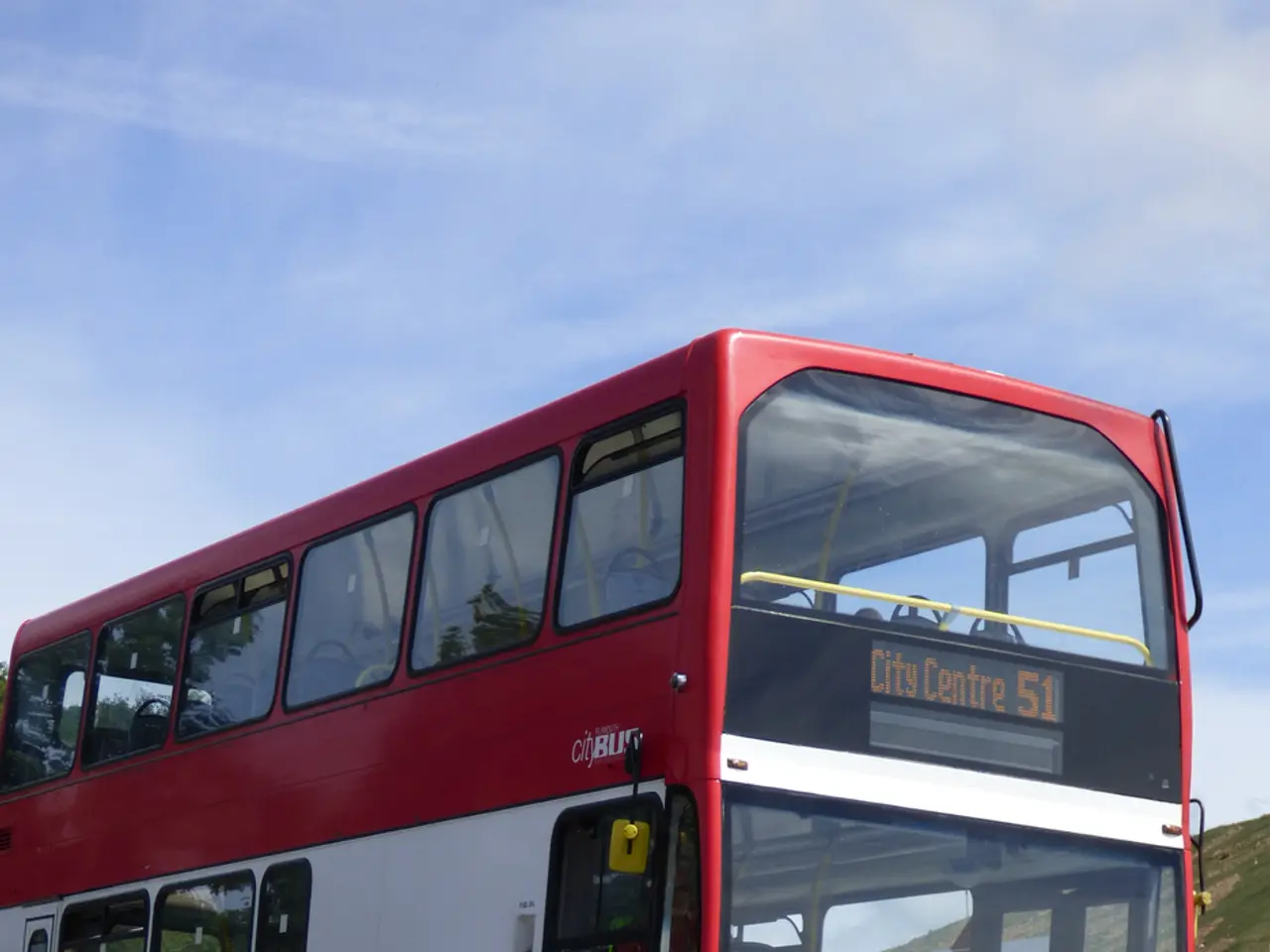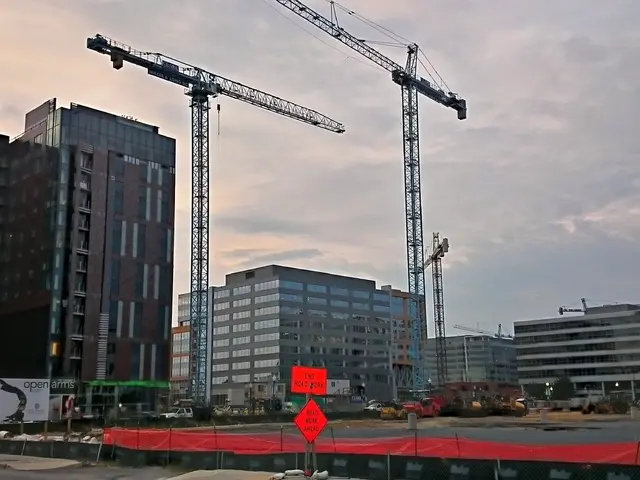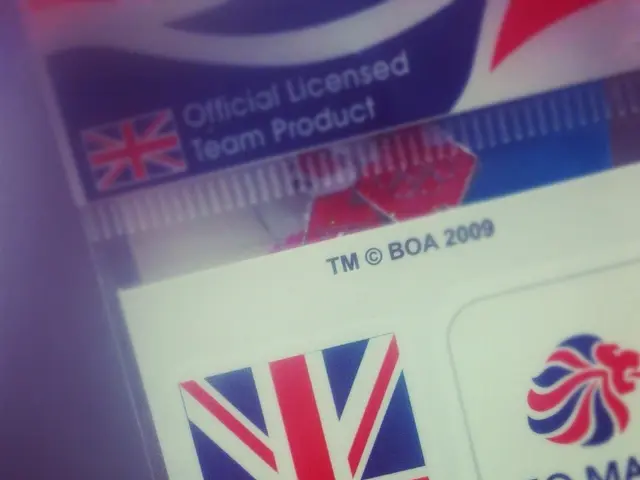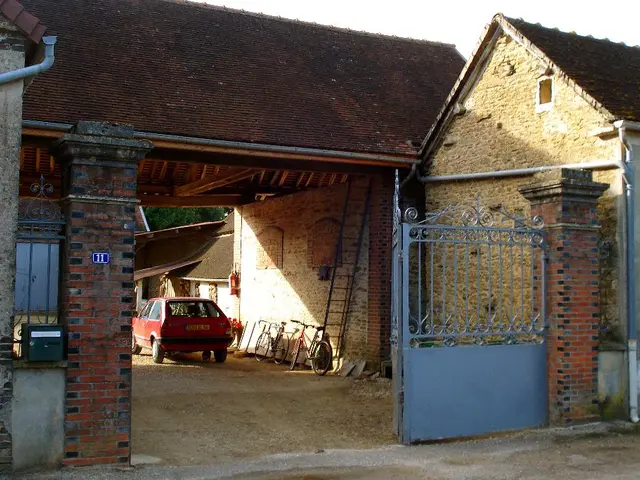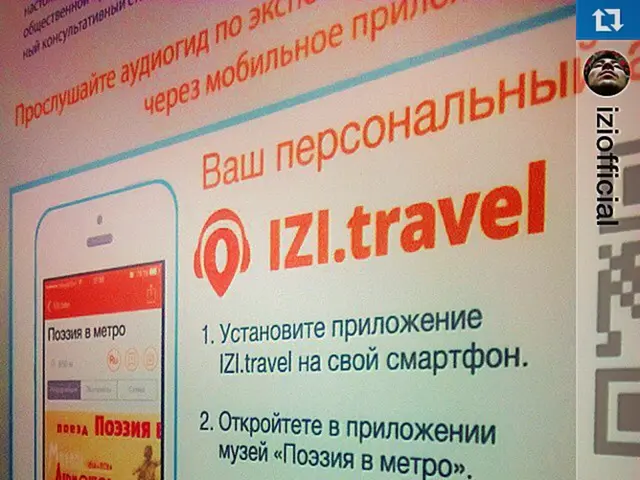24/7 extended bus lanes implemented on Aurora Avenue North corridor by SDOT and King County Metro
Improved Transit and Safety Along Key Seattle Routes
Seattle is making significant strides in enhancing its public transportation system and promoting road safety, as evidenced by the recent improvements along several key routes.
Aurora Avenue North Transformation
The Seattle Department of Transportation (SDOT) and King County Metro have completed major enhancements on Aurora Avenue North. The highlight of these improvements is the introduction of 24/7 expanded bus-only lanes, providing a significant boost to the RapidRide E Line, the county's most popular route, with nearly 14,000 daily riders set to benefit from improved reliability and frequency.
These bus-only lanes, which reduce delays caused by mixed traffic, are designed to keep buses moving efficiently, even during periods of congestion. This is particularly useful during events like the Revive I-5 lane closures that increase traffic volume.
Key impacts and features of this project include traffic improvements, infrastructure enhancements, and a focus on equity and accessibility. The project installed over 600 new traffic and no-parking signs, added distinct red pavement markings, and adjusted on-street parking and loading zones, typically shifting them to side streets.
The improvements tie into larger equity initiatives, including increased bus service citywide funded by Seattle Transit Measure and the distribution of free ORCA cards to Seattle Housing Authority residents, encouraging transit use among lower-income populations.
The expanded 24/7 bus lanes on Aurora Avenue North are part of a broader vision to reimagine Aurora Avenue N to enhance safety, accessibility, and efficiency for all users. The project aligns with ongoing citywide transit upgrades across various corridors, aiming to establish a more dependable, frequent, and greener transit network.
Other Notable Improvements
In addition to the Aurora Avenue North project, several other transit lines in Seattle have received upgrades thanks to voter-approved funding. For instance, the RapidRide G Line Project has been completed, averaging over 6,100 weekday boardings. Improvements to the RapidRide D Line on 15th Ave. NW between NW Market Street and the Ballard Bridge have also been implemented.
Moreover, pedestrian access and safety improvements have been made on Rainier Ave S, and a freight and bus lane pilot has been initiated along Westlake Ave North. The expansion of Rainier Ave S bus-only lanes to support Route 7 has also been done.
Seattle Mayor Bruce Harrell stated that Aurora Avenue North is a critical corridor for Seattle and the addition of 24/7 bus-only lanes is a step toward a more connected and sustainable future. King County Metro General Manager Michelle Allison added that the bus lanes will benefit thousands of people per day.
To further enhance the bus lanes, SDOT plans to refresh curb paint at 28 bus zones between North 38th St. and North 115th St. soon. Additionally, new red pavement markings have been added to designate bus-only areas south of the Aurora Bridge in the northbound direction to match the existing southbound bus-only lanes.
People driving and making deliveries can use the bus-only lane to make right turns or reach local shops and services. Free bus trips for youth 18 and younger are funded by the state, making transit more accessible for the next generation.
These improvements represent a significant step forward in Seattle's commitment to a more efficient, sustainable, and equitable public transportation system.
- The meticulously designed 24/7 bus-only lanes on Aurora Avenue North aim to optimize the efficiency of the county's popular RapidRide E Line, which carries nearly 14,000 daily riders, thereby enhancing the overall public-transit system.
- The transformation of Aurora Avenue North, integrated with larger equity initiatives, such as increased bus service citywide and the free distribution of ORCA cards to Seattle Housing Authority residents, seeks to promote public transportation as an accessible option for all, particularly among lower-income populations.
- Seattle's vision for transportation is not confined to Aurora Avenue N; the city has also made significant strides in improving other transit lines like the RapidRide G Line and the RapidRide D Line, all funded by voter-approved funding, and further extended bus-only lanes on Rainier Ave S and Westlake Ave North, underscoring a comprehensive approach toward enhancing public-transit infrastructure.
